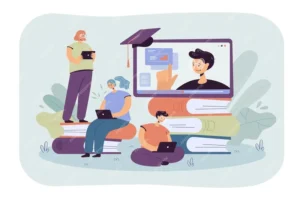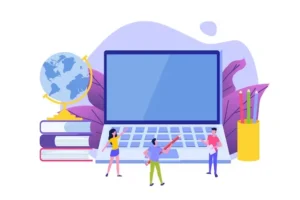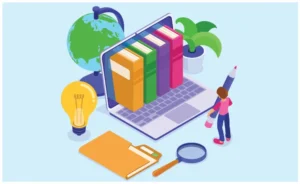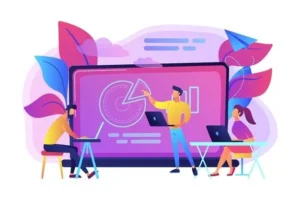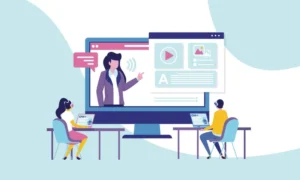Addressing the Needs of Students with Disabilities in Online Education
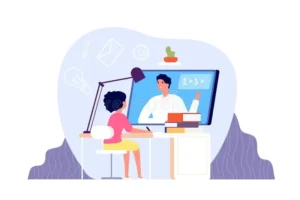
Online education has transformed the way we learn, making knowledge accessible to a broader audience. However, it’s essential to ensure that no one is left behind, especially individuals with disabilities. In this article, we’ll delve into the importance of addressing the unique needs of students with disabilities in the realm of online education.
Contents
- Section 1: Understanding Disabilities in Online Education
- Section 2: Creating Inclusive Learning Environments
- Section 3: Accommodating Different Needs
- Section 4: Cognitive Disabilities and Learning Disorders
- Section 5: Physical Disabilities
- Section 6: Providing Support and Accommodations
- Section 7: Inclusive Learning Management Systems
- Section 8: Collaboration and Feedback
- Section 9: Legal Compliance and Ethical Responsibility
Section 1: Understanding Disabilities in Online Education
- Diverse Disabilities:
- Discuss the wide range of disabilities that students may have, including visual, auditory, cognitive, and motor disabilities.
- Legal Framework:
- Explain the legal and regulatory framework, such as the Americans with Disabilities Act (ADA), that mandates equal access to educational content.
Section 2: Creating Inclusive Learning Environments
- Accessible Course Design:
- Describe how accessible course design, including content structure and multimedia, is a cornerstone of an inclusive learning environment.
- Assistive Technologies:
- Explore how assistive technologies and tools aid students with disabilities in accessing online content.
Section 3: Accommodating Different Needs
- Visual Impairments:
- Discuss strategies for accommodating students with visual impairments through screen readers, alt text, and other features.
- Auditory Impairments:
- Explain how captions, transcripts, and sign language interpretation can benefit students with auditory impairments.
Section 4: Cognitive Disabilities and Learning Disorders
- Attention Disorders:
- Discuss techniques for helping students with attention disorders stay focused in online courses.
- Dyslexia and Reading Difficulties:
- Describe how accessible font choices and reading tools can aid students with dyslexia and reading difficulties.
Section 5: Physical Disabilities
- Mobility Aids and Adaptations:
- Explore how students with physical disabilities can benefit from specialized hardware and software.
Section 6: Providing Support and Accommodations
- Faculty Training:
- Highlight the importance of training educators to understand and meet the needs of students with disabilities.
- Accommodation Requests:
- Discuss the process of students requesting accommodations and the role of disability support services.
Section 7: Inclusive Learning Management Systems
- Choosing Accessible LMS:
- Explain how the selection of a learning management system impacts accessibility.
- Universal Design:
- Highlight the concept of universal design for learning (UDL) and its role in creating accessible online courses.
Section 8: Collaboration and Feedback
- Collaboration and Peer Support:
- Emphasize the importance of creating a supportive online community where students can collaborate and provide mutual support.
- Feedback and Iteration:
- Discuss the role of feedback from students with disabilities in continuously improving online course accessibility.
Section 9: Legal Compliance and Ethical Responsibility
- Meeting Legal Obligations:
- Explain the legal obligations of educational institutions and the consequences of non-compliance.
- Ethical Imperatives:
- Highlight the moral and ethical responsibility of educators and institutions to ensure accessibility.
Conclusion:
In conclusion, addressing the needs of students with disabilities in online education is not only a legal requirement but also a moral and ethical obligation. Creating inclusive learning environments, providing necessary accommodations, and fostering a supportive online community are crucial steps in ensuring that online education truly serves all learners, regardless of their abilities.




